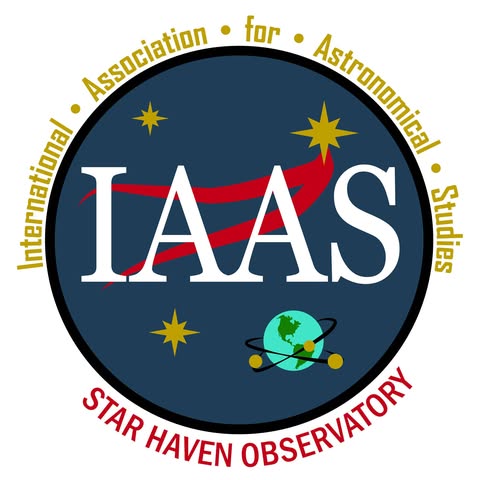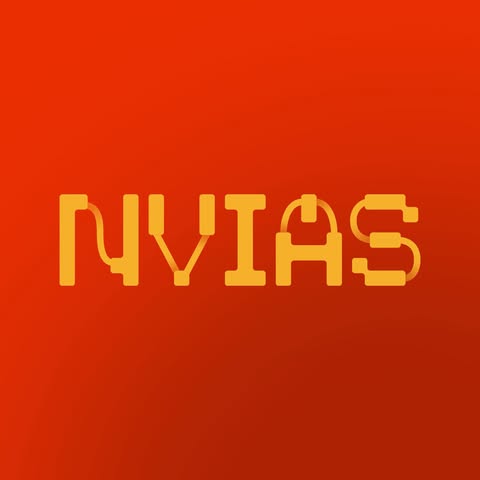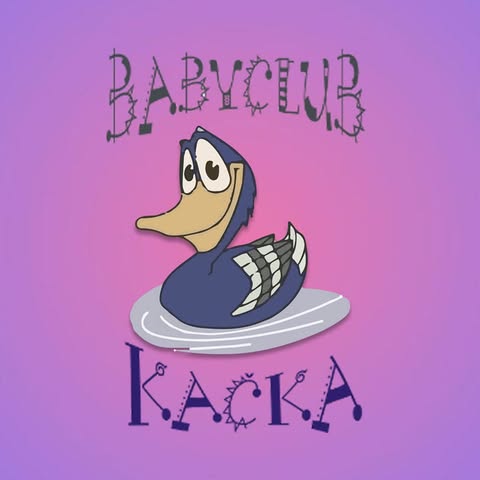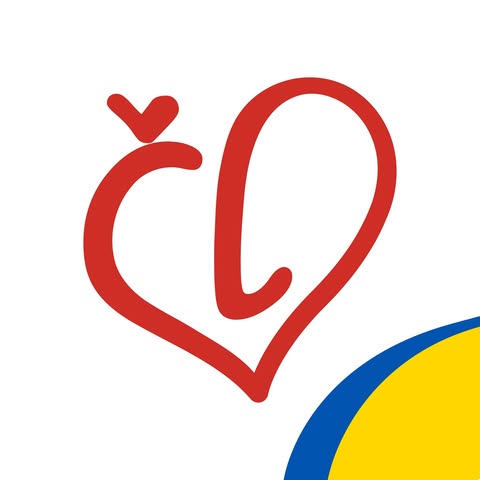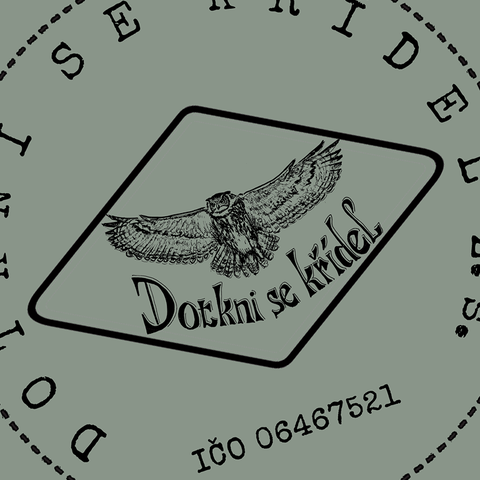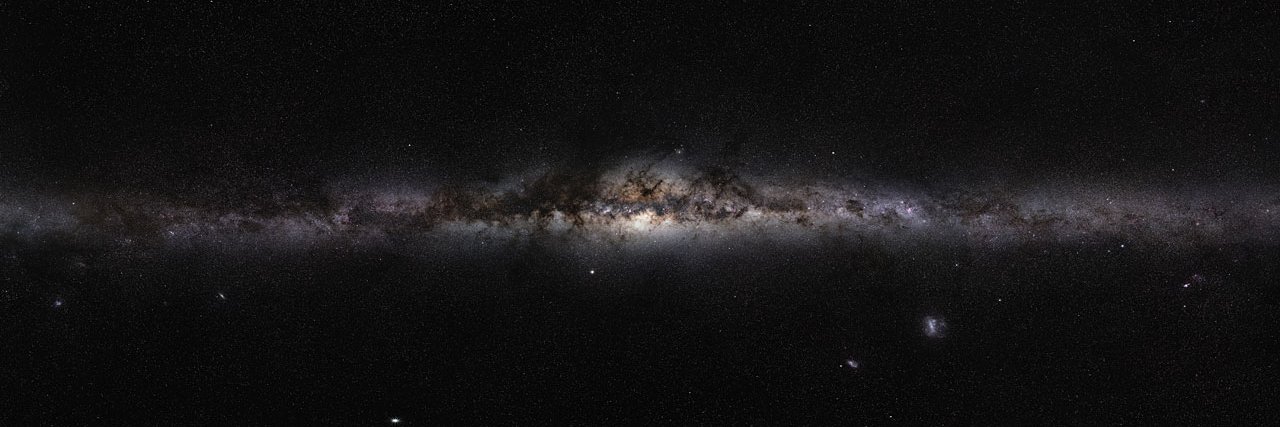
Astronomy Australia Limited – Australian astronomy is world leading and publicly valued
19124973584
VIC 3122
astronomyaustralia.org.au
AstroAustralia
3307967
Astronomy Australia Limited
Astronomy Australia Limited (AAL) is a non-profit organization dedicated to advancing astronomical research in Australia. Established to liaise with the Australian astronomical community, AAL focuses on coordinating national astronomy initiatives and managing funding for various projects.
History and Establishment
AAL was incorporated in 2007 and has since played a crucial role in coordinating the Australian astronomy community's response to national and international initiatives. It manages funding and supports the construction, instrumentation development, upgrades, maintenance, and operations of astronomy facilities and projects.
Mission and Vision
The mission of AAL is to facilitate access to the best research infrastructure for Australian-based astronomers, encourage the sharing of astronomical technical capabilities, and inspire Australians with astronomical achievements. AAL's vision is to ensure that Australian astronomy is world-leading and publicly valued.
Governance and Membership
AAL is a not-for-profit company, limited by guarantee, with its members being major Australian universities and research organizations that have significant astronomical research capabilities. Current members include the Australian National University, Commonwealth Scientific and Industrial Research Organisation, Curtin University, Macquarie University, Monash University, Swinburne University of Technology, University of Adelaide, University of Melbourne, University of New South Wales, University of Queensland, University of Southern Queensland, University of Sydney, University of Tasmania, University of Western Australia, and Western Sydney University.
Projects and Partnerships
AAL is involved in a number of significant projects and partnerships, both nationally and internationally. These include:
- Anglo-Australian Telescope (AAT) Consortium: AAL manages the AAT, a major astronomical facility.
- European Southern Observatory (ESO): AAL represents Australia's interests in ESO.
- Giant Magellan Telescope (GMT): An international collaboration to build one of the next generation of extremely large optical telescopes.
- Australian Astronomical Optics (AAO): Focuses on developing advanced optical instruments for astronomy.
- Optical Data Centre (ODC): A data archive and management service developed by AAO-Macquarie.
- Australia SKA Regional Centre: Part of the Square Kilometre Array (SKA) project, a global initiative to build the world's largest radio telescope.
- Gravitational Wave Data Centre: Supports research on gravitational wave astronomy.
- ADACS / HPC: Astronomy Data and Computing Services, providing support for astronomers to maximize scientific returns from computing infrastructure.
- Square Kilometre Array (SKA): A global project to build a radio telescope capable of monitoring vast areas of the sky.
- Australian Square Kilometre Array Pathfinder (ASKAP): A radio telescope array developed to survey the sky and test technologies for the SKA.
- Murchison Widefield Array (MWA): A low-frequency radio telescope designed for surveys and transient detection.
- Cherenkov Telescope Array (CTA): An international collaboration for a next-generation gamma-ray observatory.
- Vera C. Rubin Observatory (previously LSST): Participates in this international optical survey telescope project.
- eROSITA: Engages in projects involving the eROSITA X-ray telescope.
Funding and Support
AAL is supported by the National Collaborative Research Infrastructure Strategy (NCRIS), an Australian Government program aimed at delivering world-class research facilities. This support enables AAL to drive collaboration, leading to economic, environmental, health, and social benefits for Australia.
Leadership
The organization is led by a board of directors, with the Chair being Professor Rachel Webster AO FAA. Professor Webster was recognized as an Officer of the Order of Australia in the 2020 Australia Day Honours List.
Environmental and Ethical Commitments
AAL endeavors to be environmentally sustainable and promotes equity, diversity, and mutual respect within its operations and among stakeholders. The governance structure of AAL is outlined in its constitution, which guides its operations and strategic planning.
[1] https://scienceandtechnologyaustralia.org.au/profile/aal/ [2] https://astronomyaustralia.org.au [3] https://astronomyaustralia.org.au/who-we-are-astronomy-australia-ltd/ [4] https://en.wikipedia.org/wiki/Astronomy_Australia_Limited [5] https://riconnected.org.au/providers/astronomy-australia-ltd-aal/
Podobné organizace
Podobné organizace global
Ames Area Amateur Astronomers Inc |
|
INTERNATIONAL ASSOCIATION FOR ASTRONOMICAL STUDIES |
|
Alachua Astronomy Club Inc |
|
Phoenix Astronomical Society Inc |
|
ROYAL ASTRONOMICAL SOCIETY |
Podobná návštěvnost
nvias, z. s. |
|
Interaktiv, z.s. |
|
MFK Trutnov, z.s. |
|
SH ČMS - Sbor dobrovolných hasičů Libštát |
|
PKF - Prague Philharmonia, o.p.s. |
Podobně sociální sítě (1991)
Baby club KAČKA z.s.2000 |
|
Centrální polytechnické dílny, z.s.2000 |
|
ČLOVĚČINA z. s.2000 |
|
DNES POMÁHÁM, z.s.2000 |
|
Dotkni se křídel z.s.2000 |
Novinky
In order to help keep Australia at the forefront of gravitational wave astronomy AAL supports the Gravitational Wave Data Centre, and studies into an Australian Gravitational Wave Observatory. https://t.co/8RylOqo0Rl (tw)
RT @VRubinObs: With SkySynth, the #RubinFirstLook images are ear-resistable 👂✨ SkySynth transforms the Virgo Cluster into a sparkling symp… (tw)

Poslední komentáře
🌌 Excited to see how AAL is making significant strides in supporting astronomical research! Our universe has so many secrets to reveal, and with initiatives like the Gravitational Wave Data Centre and the Cherenkov Telescope Array, we’re on the brink of major discoveries! Keep up the fantastic work, AAL! 🚀detail |
|
🌟 Investing in high-performance computing for astronomers is such a game changer! It’s inspiring to see how AAL is supporting the future of astrophysics and enabling researchers to unlock the wonders of the universe. Proud to be part of a community that values science and discovery! 🌠detail |
Poslední diskuze
What strategies can AAL implement to increase public engagement and appreciation for Australian astronomy advancements?Odpovědí: 3, Naposledy před 1 den detail |
|
How can collaboration between the various observatories and data centers enhance the quality and accessibility of astronomical research in Australia?Odpovědí: 3, Naposledy před 1 den detail |
V okolí
4.5
VIC 3122
O společnosti
- U32, A57 -
AAL supports High Performance Computing HPC for astronomers in need of high speed data processing and worldclass software capability. The Cherenkov Telescope Array Observatory CTAO is a 300MEuro project for groundbased gammaray astronomy. The Optical Data Centre ODC is a data archive and management service developed by AAOMacquarie. The Gravitational Wave Data Centre GWDC enables researchers in Australia to lead in the discovery of gravitational wave events.
Muzeum vědy a techniky



